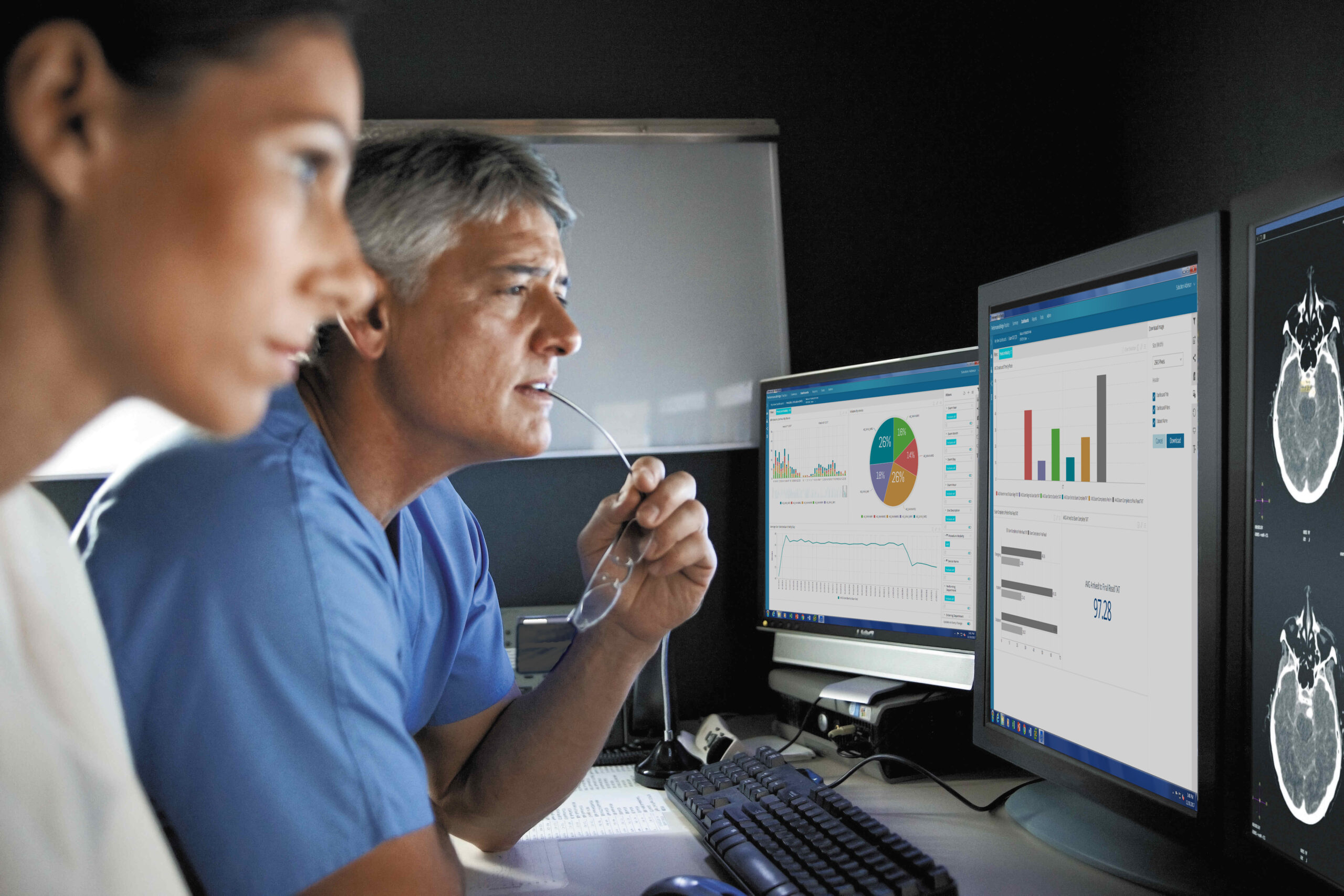My Health Blog
Health, Fitness, Ultrasound, Radiology
Tele-Radiology: Transforming Medical Imaging for Efficient Healthcare Delivery:
Introduction: In today’s fast-paced world, the demand for timely and accurate medical imaging has grown exponentially. To meet this demand and overcome geographical barriers, tele-radiology has emerged as a groundbreaking solution. Leveraging the power of telecommunications and digital technology, tele-radiology enables the remote interpretation and transmission of medical images, providing healthcare professionals with efficient access to radiological expertise. In this article, we explore the concept of tele-radiology, its benefits, challenges, and the transformative impact it has on healthcare delivery.
The Essence of Tele-Radiology: Tele-radiology is a subspecialty within radiology that involves the transmission of medical images, such as X-rays, CT scans, MRIs, and ultrasounds, to a remote location for interpretation by a radiologist. The process typically involves the secure transfer of images, along with relevant patient data, to a radiologist who remotely analyzes and interprets the images. The results and diagnostic reports are then sent back to the referring physician or healthcare facility, facilitating comprehensive patient care.
Benefits of Tele-Radiology:
- Rapid and Efficient Diagnosis: Tele-radiology enables healthcare providers to access radiological expertise quickly, even in areas where there is a shortage of local radiologists. This expedited diagnosis leads to timely interventions, improved patient outcomes, and reduced waiting times.
- Access to Subspecialty Expertise: Tele-radiology allows healthcare facilities to tap into a global network of radiologists, providing access to specialized knowledge and experience that may not be available locally. This ensures accurate and comprehensive interpretations, particularly for complex cases.
- 24/7 Availability: With tele-radiology, medical images can be interpreted around the clock. This is particularly beneficial for emergency situations, where immediate diagnosis is critical and can significantly impact patient care.
- Streamlined Workflow: Tele-radiology eliminates the need for physical film transportation, minimizing delays and enhancing the overall workflow of healthcare facilities. Images can be transmitted securely and instantaneously, ensuring seamless collaboration between radiologists and healthcare providers.
Challenges and Solutions: While tele-radiology offers numerous advantages, there are several challenges that need to be addressed:
- Data Security and Privacy: Protecting patient information during the transmission and storage of medical images is of utmost importance. Robust encryption protocols, secure networks, and adherence to data protection regulations help mitigate these concerns.
- Licensure and Credentialing: Tele-radiology often involves interpretation across state or national borders. Ensuring that remote radiologists hold the necessary licenses and credentials to practice in the relevant jurisdiction is vital for maintaining quality and compliance.
- Image Quality and Standardization: To ensure accurate interpretation, consistent image quality is crucial. Implementing standardized imaging protocols, quality control measures, and adherence to international standards can help overcome this challenge.
- Communication and Collaboration: Effective communication between referring physicians and remote radiologists is essential for optimal patient care. Utilizing integrated tele-radiology platforms that allow secure messaging, consultation, and feedback can facilitate seamless collaboration.
The Future of Tele-Radiology: Tele-radiology is poised to continue its growth and transformation in the coming years. Some future trends and developments include:
- Artificial Intelligence (AI) Integration: AI algorithms have the potential to assist radiologists in image analysis, triaging, and even preliminary diagnoses. Integration of AI tools within tele-radiology workflows can enhance efficiency and accuracy.
- Subspecialty Consultations: Tele-radiology networks can facilitate real-time consultations between radiologists, enabling efficient collaboration on challenging cases and providing comprehensive care.
-
Remote Training and Education: Tele-radiology platforms can serve as a means for knowledge sharing, continuing education, and training programs

